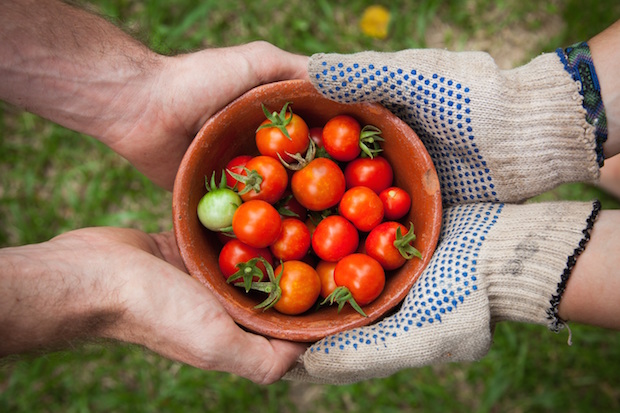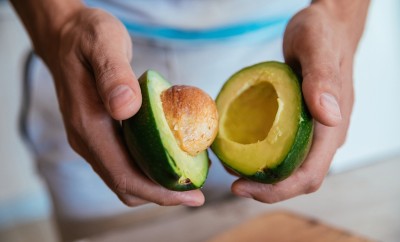Environment
Reducing food waste would pump the brakes on climate change

Reducing food waste would pump the brakes on climate change
The Food and Agriculture Organization of the United Nations estimates that annually one-third of all food produced for mankind is wasted. One third of food wasted is huge. To put that in an every day perspective, that would be like if for every sandwich you made, you threw one piece of bread into the trash just for the heck of it. Or tossed one strawberry for every two strawberries you ate just because you could.
For some additional numbers to put this in perspective, that’s a total of 1.3 tonnes of edible food we waste. Food waste itself is ranked as the third top carbon dioxide emitter (after U.S. and China). Uneaten, yet produced, food occupies 1.4 billion hectares of land. That’s land that’s stripped of biodiversity (meaning wildlife habitats/natural vegetation) for food that literally just sits there. And economically, every year food waste equates to $750 billion in losses (calculated off producer prices). That’s about the GDP of Switzerland.
Food waste is, of course, a massive problem when it comes to carbon emissions. According to Nature, one-third of our greenhouse gas emissions come from agriculture, as of 2012. There’s carbon emissions from the machinery used to produce crops and from fertilizer manufacturing, as well as shipping, storage and packaging processes. So if we’re going to stop food waste, first we have to look at the causes.
The causes of food waste
Food waste itself is a complicated, multilevel problem. Even though up to 40% of the American food supply is wasted each year, by nature we’re not just a bunch of creeps who enjoy waste because it makes us feel powerful (the vast majority of us aren’t, anyway). Much of our problems lie in the notion of “freshness.”
According to the NRDC, up to 90% of Americans waste food purely out of poor understanding of expiration labels. Our food is often labeled as “sell by,” “use by” and “best before,” with little standardization or regulation of those terms. Many people see these and assume the food is expired, even if it’s still perfectly edible, especially in cases where food is marked by a “sell by” date, which only means “sell by,” not “eat by.”
The way we shop has also evolved into a complicated game of appearances. One tactic in supermarkets is to overstock perishable items like produce. The goal is to create a feeling of overflowing abundance so customers feel like they have tons of choice and that the supermarket will always have what they need. Needless to say, tons of that produce goes to waste, about 10% at the retail level in the U.S.
A major contributing problem is also at the consumer’s level of what is deemed “fresh.” Customers tend to buy food that is still a little unripe so that it will keep longer at home. So when those bananas turn just a hair too yellow, it’s to the trash, even if the food is edible. So much so that there has been a movement to create programs where dumped food from supermarkets can be redistributed to food banks. France has even banned supermarkets from tossing perfectly good food, instead requiring food bank donations.
At the agricultural level, many times supply simply exceeds demand. Growers produce more food than it’s expected to be needed to offset risks like crops damaged by poor weather conditions or pests. So that’s food that sits in a good year.
Luckily, this isn’t the system we’re all trapped with.
Stopping food waste
On the household level, stopping food waste is on the simplistic side. It just requires that you be more mindful of what you buy. Only buy what you’ll eat, and look into freezing or preserving the rest. You can even find digital tracking sheets like this one to help you figure out what you waste when and why.
For the retail level, think about supporting or starting a group that takes surplus food that’s slated to be trashed and reroutes it to donation centers, called “gleaning.” You can find a full list of resources here.
Agriculturally, support sustainable farming methods through buying at locally grown, organic farms by shopping at farmers markets or purchasing directly from growers. These typically won’t be your “big business” type farms where overproduction and monocropping may rule the day. If you really want to be a superhero, wait until the end of the farmers market and then offer to buy up the last of the not-so-perfect crops that might go to waste, which you may get at a significant discount. Then use the produce quickly or preserve it.





0 comments